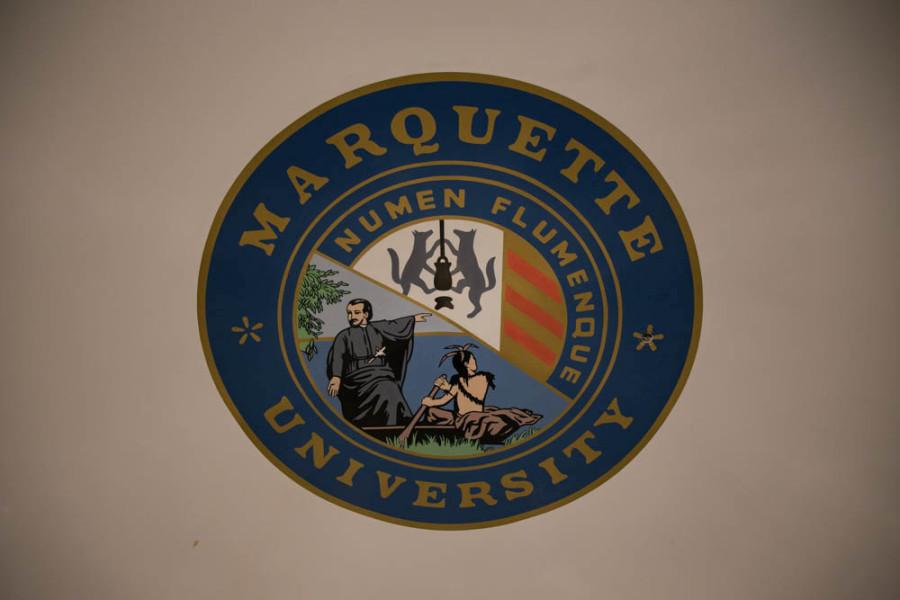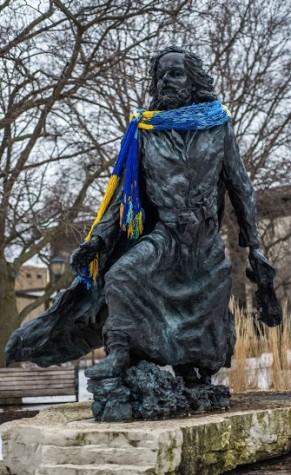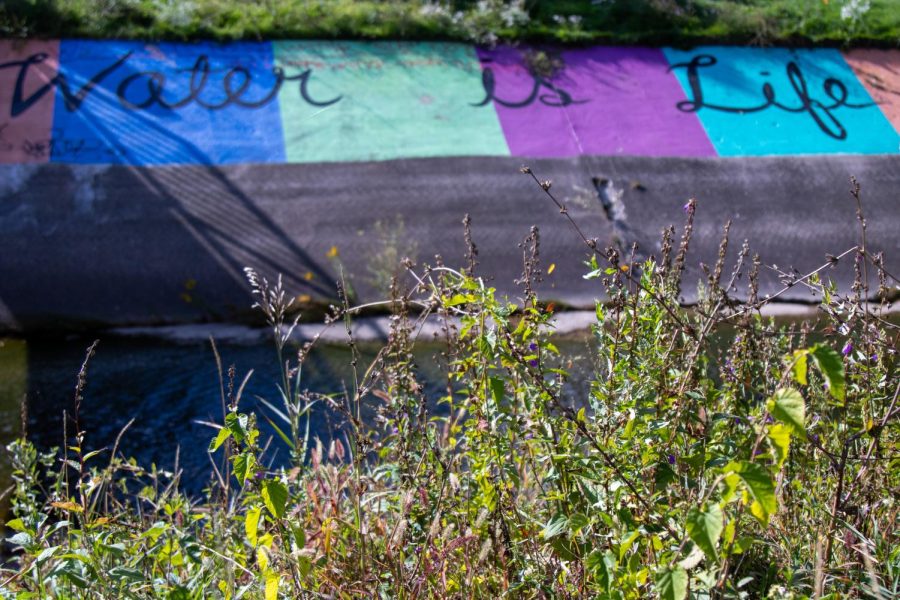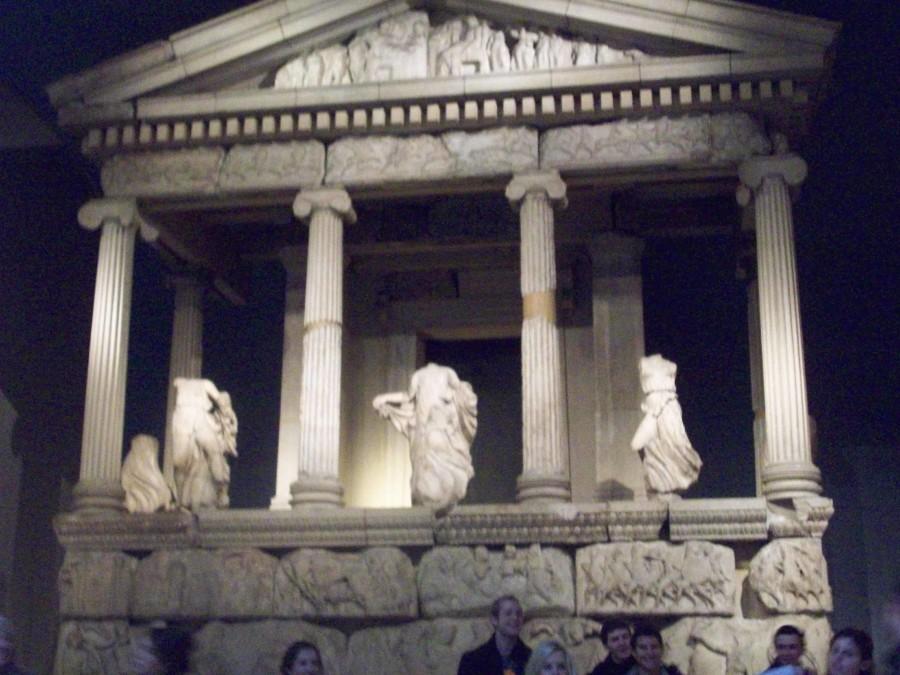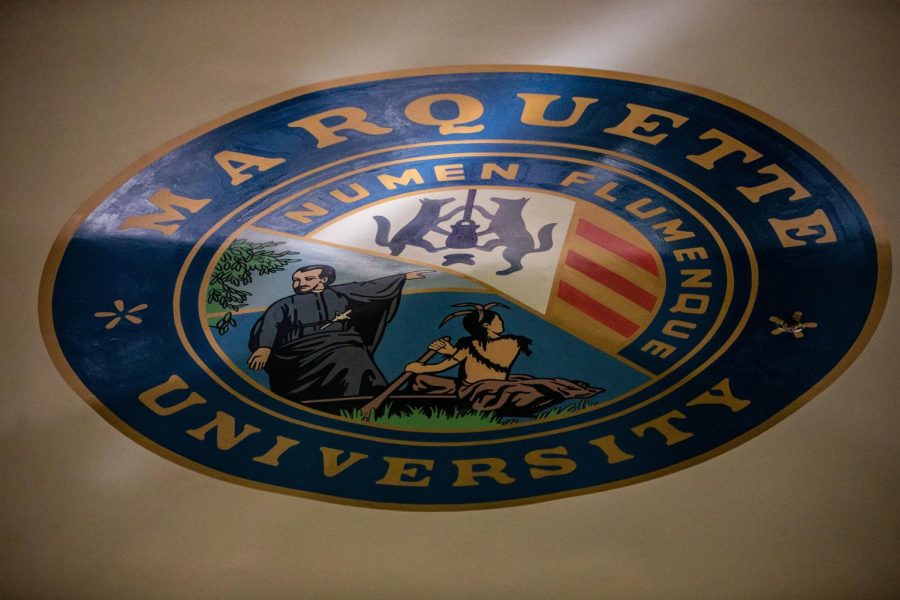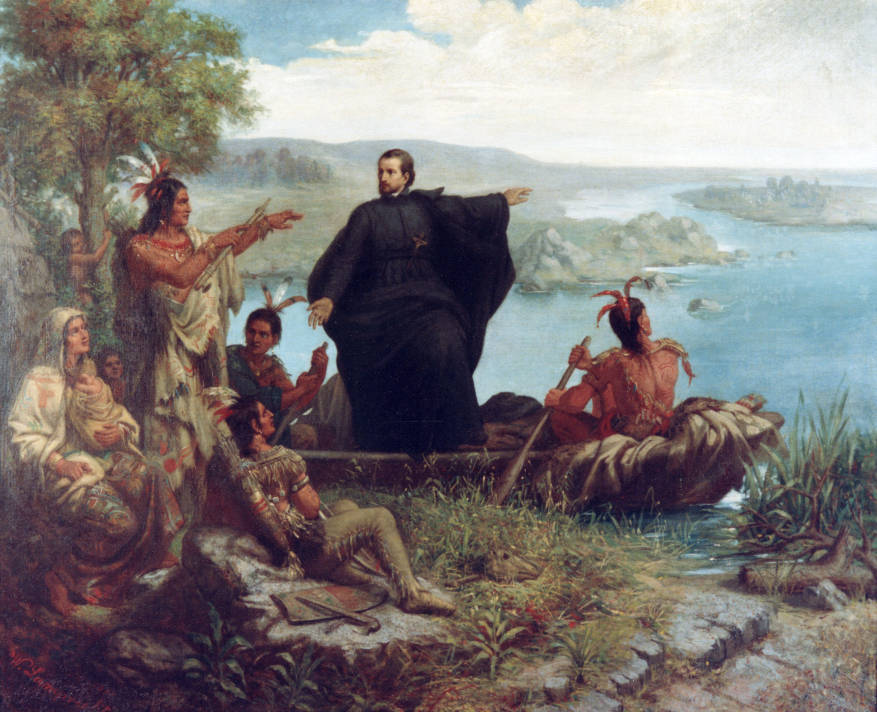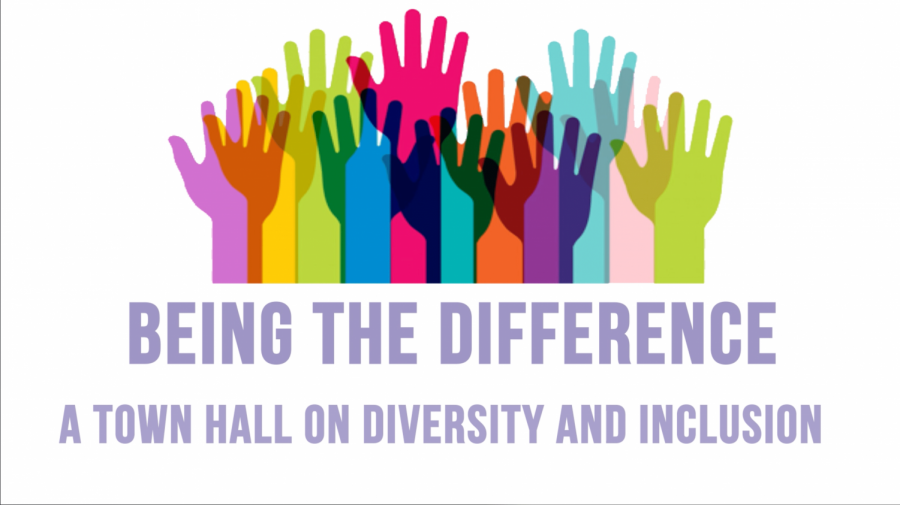Marquette University Board of Trustees has approved a new seal. The updated seal comes after years of criticism from community members, over the seal’s inaccurate depiction of Father Marquette leading Indigenous people.
“As we have been called to reflect on our own symbols, it became clear that Marquette University needs a seal that aligns with our mission, vision and guiding values … ” Marquette University President Michael Lovell said in a statement. “The updated university seal is a beautiful reflection of who we are and what we stand for.”
The seal which is present on official university documents, can also be seen on various locations around campus such as the Alumni Memorial Union or Raynor Memorial Library. The university said it is planning a phased process to update the seals in these locations across campus.
The updated seal artwork was done by Milwaukee-based artist and Milwaukee Public Schools art teacher, Kristelle Ulrich. Ulrich is also a member of the Oneida Nation.
“The narrative style’s connection to our Indigenous history, along with the classic Jesuit imagery, tells a story of a combined but independent history of our Indigenous nations and the Jesuit travelers,” Alex Liberato, former president of the Native American Student Association and 2021 alum, said in the statement.
The change comes after various efforts to change the seal from the Native American Student association and other community members.
“I would like to recognize the efforts of previous NASA leadership, professors from the Marquette History and English Department, current members of the Marquette Council of Native American Affairs, and the Marquette Administration for working diligently over a long period of time to accomplish this,” Will Egan Waukau, President of the Native American Student Association and senior in the College of Arts & Sciences, said in an email.
The updated seal features a blue and gold outer ring with the words “Ad Majorem Dei Gloriam,” the Jesuit motto that means “All for the greater glory of God.” Marquette’s founding year, 1881, is also depicted on the seal.
“It’s become increasingly clear that a lot of the assumptions that we have operated on in the past about what was normal and how things should work really excluded the voices of others and their realities in ways that are not compatible with the mission that we want to live out,” Jim Voiss, vice president of mission and ministry, said.
The bottom third of the seal is meant to acknowledge Marquette’s location on the land of Indigenous nations . It’s also meant to honor the space explored by Rev. Jacques Marquette, S.J., the university’s namesake, with Indigenous guides.
“If I were to sit with Indigenous people to talk about some of the components, I think they could reconcile that there is an acknowledgment and visibility of them in a rich way … There’s a timeliness of this piece as well as a real anchoring of place and history,” Jacqueline Schram, special assistant for Native American affairs, said.
Schram is a member of the First Nations in Canada and was a member of the seal redesign committee. The three stalks of wild rice are a homage to the presence of Potawatomi, Ho-Chunk and Menominee nations that existed and still exist on the land where Marquette resides.
“Our wild rice is no longer a composite image that flattens the diversity of Indigenous people. This wild rice is fluid and there’s movement and represents some of the original peoples that were here before Marquette and are still here,” Schram said.
The seal also contains images of Milwaukee’s three waterways, representing the Milwaukee, Menominee and Kinnikinic rivers.
“There’s the vista in the back that evokes a sense of peace, but it also makes you ask what’s yet to come? What’s beyond the horizon? There’s nothing that is stagnant about it and the work that we need to do,” Schram said.
The upper two halves of the seal honors Marquette’s Jesuit tradition. The left half honors the seven brothers of St. Ignatius’ family, on his mother’s side, while the right honors Jesus Christ through the depiction of a Christogram.
“What we recognize in the seal as IHS is actually the Greek letters Iota, Eta, Sigma. Which are the first two letters and the last letter of the name of Jesus in Greek,” Voiss said.
The monogram was placed on the right to symbolize a rising sun, and Voiss said it’s also a longstanding symbol for the Jesuits.
“On the bar which we see as an H symbol but is actually a capital Eta … there’s a bar that goes across the middle and arising from that is the cross. Below the H symbol there are three nails representing the nails from the crucifixion of Jesus Christ,” Voiss said.
This is not the first time the seal has been updated. The seal was updated back in 1995 when the year “1881” was added.
Lovell established a seal redesign committee back in 2020. That committee was chaired by associate vice president of public affairs and Marquette alum Rana Altenburg.
“It took us a little longer than we thought and I think that was frustrating for some of the people that felt like it was taking too long,” Altenburg said.
Altenburg said that there was a special emphasis on representing both the Jesuit and Indigenous communities in the greater Marquette and Milwaukee community.
“The biggest challenge was could we get everybody’s input and desires into a small space and do it justice. I think the final seal that the board approved really does a beautiful job of that,” Altenburg said.
Ultimately, Schram and other members of the seal committee believe that the time taken to develop the new seal was worthwhile but the job is not done.
“I think the next step is hopefully that this seal will feel representative of many voices and they’ll feel the potential in it and but also be inspired to ask, what’s next?” Schram said.
Sarah Richardson contributed to this report.
This story was written by Megan Woolard. She can be reached at megan.woolard@marquette.edu or on Twitter @MeganWoolard4




